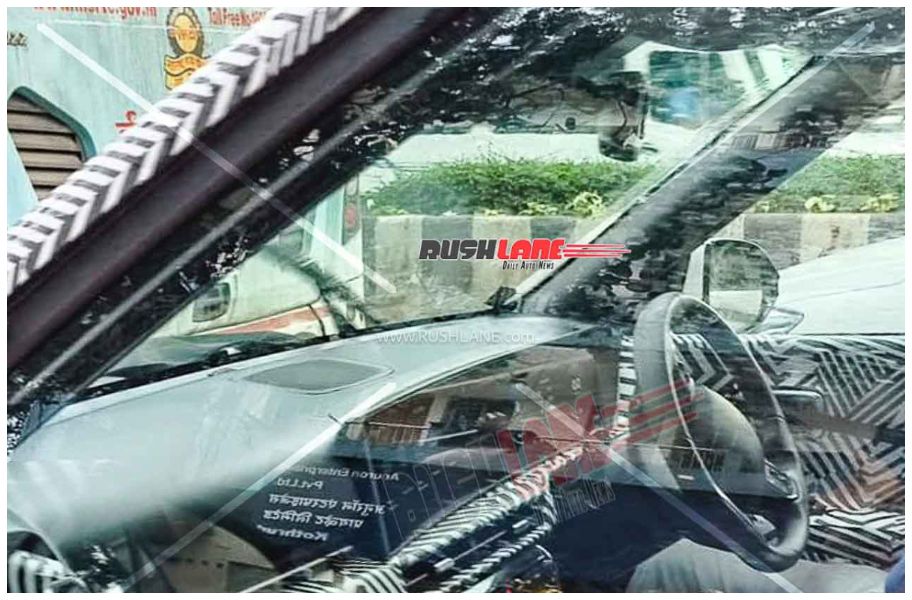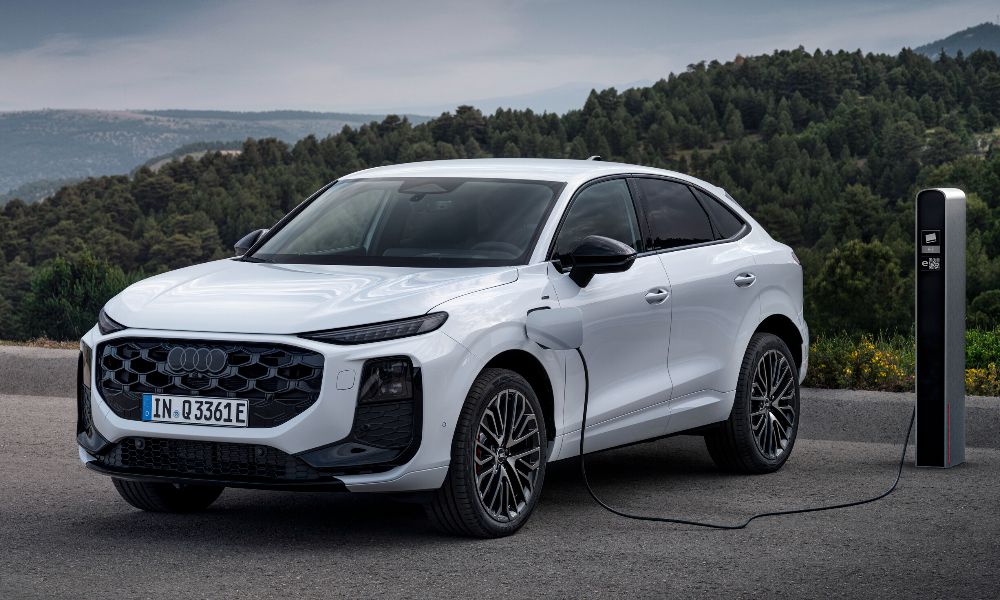Any NCAP protocol update comes with new problems for consumers. Since there are more predictors for a rating, it is possible for the same star rating to mean many different things and clearly, many forum members have been curious.
BHPian ron178 recently shared this with other enthusiasts.
Ever since Global NCAP updated their protocols in mid-2022, there have been many questions about how the ratings work.
How can more points mean less stars?
Can we just ‘subtract’ n stars from an older result to get the new result?
Are the new tests all about safety features and not crash test performance?
Indeed, any NCAP protocol update comes with new problems for consumers. Since there are more predictors for a rating, it is possible for the same star rating to mean many different things and clearly, many forum members have been curious.
The idea behind this thread is to make every result as easy-to-explain as possible to better understand how the protocols work in practice.
The basic idea
Every star rating has a bunch of requirements in multiple categories (crash test performance, ESC, pedestrian protection etc), ALL of which have to be met.
The highest row that’s fully green is usually the rating.

For example, this would almost certainly be a 2-star car. Except…
After that, there are 2 special penalties, in order:
1. if an important body part is ‘poor’ly protected, the result is limited to 1 star
2. if the front and side impact scores are too different, there is a -1 star penalty. I think this is badly thought out: related thread (Global NCAP’s absurd loophole) but we have to stick to it
And now you have the final rating.
2022 vs 2023 vs 2024

Yes, there is actually a difference for each year, even within the new protocols. Some of the criteria have been changing every year since 2022. Each year is covered in a separate post.
2022
Here are what the requirements were in 2022, when the protocols had just kicked in.

The first cars to be tested were the Škoda Kushaq and VW Taigun, with five stars.

One of the most common questions was: how did they get five stars without 6 airbags as standard? As you can see, in 2022, curtain airbags had to only be present on 30% units produced. The side pole test is conducted on a variant with the optional airbags fitted. They were certainly part of the rating. The Taigun would not have qualified for even 4 stars if 6 airbags were not available at all.
Things went sharply downhill after that.

The Maruti Suzuki Swift had a total score good for 3 stars, but ESC was available only on AMT variants when GNCAP bought the car, and Maruti seemingly refused to send another unit for ESC and pedestrian testing. That meant the Swift was limited to 2 stars, plus, it was further penalized for having too high a side impact score (although it would have been limited by other factors, no matter what). It might have got 2 stars if it had a lower side impact score!
The next two proved to be even bigger disasters.
Maruti Fire

In the Ignis, there was a critical issue in the side impact: compression of the driver’s ribs indicated a very high risk of fracture, and points were also taken away because loads were transferred to uninstrumented parts of the dummy to reduce the forces measured by instrumented parts. Finally, chest protection was ‘red’, leading to 1 star.
Maruti S-Presso

In the S-Presso, the driver’s chest was compressed too much. The limits for this changed in July 2022, which is why you’ll see a change in colours even though the older 3-star test result was reused.
Mahindra Scorpio-N

The Scorpio-N managed to meet every requirement by offering ESC as an optional package on every variant.
2023
The only change for 2023 was that instead of allowing 30% units to have curtain airbags to qualify for 5 stars, now these would have to be fitted to 50% units.
That’s why you should be careful while comparing results even from consecutive years.
VW Virtus / Škoda Slavia
Quite similar to their SUV siblings overall, barring some unexpected pedal intrusion.

Maruti Wagon R
A very similar case to the Swift: when GNCAP bought the car, ESC was not available, but it was standard by the time the result was published. Maruti didn’t submit another car for ESC or pedestrian testing, limiting it to 2 stars regardless of its crash performance, yet it was penalized even more because its side impact score was ‘unfairly’ high.

Maruti Alto K10
The only Maruti (so far) on the list to not face either of the penalties below the box, the Alto even boasted a score just barely under the threshold for 4 stars. However, it does not offer ESC.

Tata Safari/Harrier
As good as it can get in the current protocols.

Hyundai Verna
Despite not being awarded for its rear seatbelt reminders as they were non-compliant, and some struggle with structural penalties in the frontal impact, it was in the five-star band with more than a point to spare, thanks to much lower footwell intrusion than its SUV stablemate, and good restraint system performance in both tests.

2024
The changes for 2024 are more significant than you might think (highlighted in bold in the image below).

Changes for 2024
A car can no longer get 3 stars without curtain airbags at least on one variant.
For 4 stars, they cannot just be “offered” anymore but need to be fitted to 30% units sold.
For 5 stars, they need to be fitted to 70% variants – something even some of the 2022 5-star cars would struggle to meet.
Also, for 3 stars, ESC now needs to be standard or an independent option, not just “offered”.
All of this should serve as a reminder: when looking at a rating, check the test year.
Citroën ë-C3
The only car on the list to attract BOTH penalties, Global NCAP first limited it to 1 star because of its poor frontal chest protection, then penalized it by 1 star for too good a side impact score (which couldn’t make a difference). This made it a 0 star car. It would have scored 1 star had its side impact protection been worse.

Tata Nexon
As good as it can get in the test.

Kia Carens (May to December 2023)
The driver’s neck snapped back violently, leading to readings of neck shear/extension so high that a special provision had to be invoked to cap the whole score and star rating at 0.

Kia Carens (present)
Neck readings were still high, but just barely under the limit above which the special provision for 0 stars is invoked. With an excellent side impact performance thanks to its inherent height and side airbags, the Carens racked up a total score good for 4 stars, but was set to be penalised to 3 stars anyway for the variation in front and side scores, so Kia didn’t sponsor a side pole test.

Mahindra Bolero Neo
Believe it or not, if it had a lower side impact score it might have scored 2 stars. Despite structural collapse, none of the critical parts went ‘red’, even though they were higher than seen in any modern car, especially for the driver’s head. The total score was sufficient for 3 stars (side impact had the height advantage), the lack of ESC and curtain airbags made it 2 stars, and the variation in scores then made it 1 star, much like the Wagon R or Swift.

Honda Amaze
A perfect example of the difference between the old and new protocols: the Amaze’s frontal crash score was equivalent to 5 stars under the pre-2022 protocols (rated 4 in Africa because of no passenger seatbelt reminder), and even today its total score is above the 5-star threshold despite GNCAP claiming it doesn’t have a passenger-side seatbelt reminder (it does in India). But it does not offer curtain airbags or ESC, limiting it to 2 stars overall, something a number of older five-star cars are likely to face without updates.

Continue reading BHPian ron178’s post for more insights and information.





